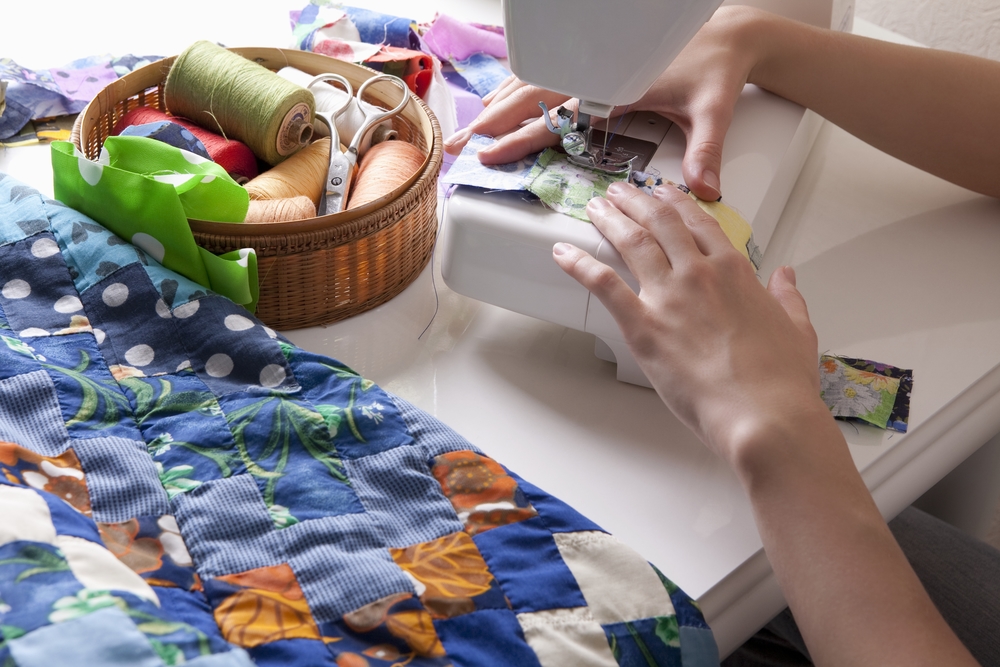As a quilter, you’ve probably run into frustrations over selecting the right colors in your fabric. You can help avoid this problem by learning the basics of color theory. Btw, if you haven’t read, Sewing Garments With Quilting Cotton, check it out soon.
Knowing Your Colors Can Save Time
Armed with your knowledge of color, you won’t spend countless hours at the fabric store or going through your own fabric stash searching for the perfect colors! Why should you incorporate color theory into your quilting?
You can take a pattern that you like and make it your own by changing up the color scheme. If you have a fabric containing a particularly difficult color to work with, you apply color theory to help you select other fabrics to go with it.
You’ll also have less trouble selecting colors for bindings and borders. In this brief guide, you’ll learn about the basics of color and using color harmony.
The Color Basics
For quilters, the place to start with color theory is the color wheel. The color wheel takes the three primary colors of red, blue, and yellow, and combines them with each other to make secondary colors.
These are then combined to make tertiary colors. Keep in mind that when discussing color for quilting, and all other non-digital forms of color, we’re speaking about CMYK colors.
Familiarize Yourself With The Color Wheel
For images that appear on a screen, your colors are in RGB format – and your primary colors are red, blue, and green instead. Once you familiarize yourself with the color wheel, you need to know three terms. The first is hue.
Hue is the purest form of any color on the color wheel or combination of colors on the color wheel. If you add white to a hue, you get tints. Add black, shades. And add grey to get tones.
Selecting Color Harmonies for Your Quilting Project
There are a few ways to deal with hues, tints, shades, and tones to match up your colors. This is also known as color harmony. There are 4 harmonies you should know about in quilting.
There are 4 Harmonies
The first is analogous. Select two colors that are close to each other on the color wheel and match them with all the hues that lie between them. Your range can be wide or narrow. You could use red and orange as your anchor colors or spread your range to yellow for more contrast.
There are many options when it comes to analogous quilts. The second is complementary. This is one of the most frequently used color harmonies, in quilting and elsewhere, because it creates a striking contrast. You simply pick two colors that directly oppose each other on the color wheel.
Knowing the Harmonies is Beneficial
The third is split complementary. This one incorporates two colors close to each other on the wheel and juxtaposes them with a contrasting color at the other end of the color wheel. For example, pairing similar hues green and blue with contrasting red.
The final type is monochromatic. As the name suggests, you work with only one hue and its various tints, shades, and tones. You can create contrast with monochromatic color harmonies by selecting tints with a high value (high value means more white) and pairing them with shades with a very low value (more black).
Conclusion
The basics of color theory and color harmonies can come in handy for your quilting projects or other crafts. You don’t have to follow the rules of the color wheel exactly, still rely on your best judgment when it comes down to it. But you can apply color theory for some inspiration, in those times when you might feel a little stuck.

